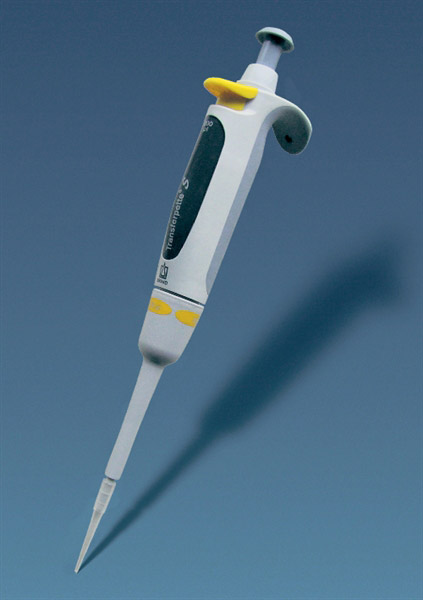Shopping for all of the lab equipment you need can really be a tiresome endeavor. With so many different pieces of glassware and individual measurement devices, you might get lost in all of the confusion. When it comes down to ordering, your costs might be so high that you look for any way to save money. Before you fall into this trap, it is important that you consider why labs so often rely on glass instead of plastic pipettes.
The Flexibility of Plastics
The introduction of plastics was one of the most influential and important developments of the modern age. This lightweight and durable material provided endless applications for the civilian market and ensured that individuals really had a choice beyond the fragile and often heavy glass. Scientists also started to find new applications for plastic, discovering that it could be used in a similar fashion in their labs. Unfortunately though, it still has its fair share of limitations.
Why Do Labs Still Use Glass?
So, why is it that so many labs stick to glass pipettes? In the laboratory, one of the primary reasons glass is considered the go-to option is because it can be used to store anything. Plastic, on the other hand, cannot handle certain corrosive materials unless you opt for a higher grade. More than this, glass is auto-cleavable and able to be exposed to more extreme temperatures, which effectively ensures you can clean it properly. Another challenge with plastic is that certain chemicals can actually influence the structure of the container itself or just get stuck in there and make it difficult to clean. With glass, you don’t have any of these challenges.
Which Pipettes Are Right for You?
While it is important to realize how helpful glass is in the lab, it is also important not to underestimate plastic. Like virtually any material today, it definitely plays its own role in the research community today. Perhaps you are working with materials that are totally safe with plastic or maybe you never work with materials that might otherwise contaminate them. In these cases, you might use plastic for those purposes and save glass for when it is really necessary.
Using Various Types of Pipettes
Of course, plastic and glass is not the only question you ought to ask when shopping for pipettes. Instead, you also need to consider the various types that are out there to choose from. Micropipettes are a great option for when you need the most precise measurements as they can be calibrated to ensure that they always provide an accurate read. Alternatively, those times when you just want to make sure you get everything out you might use a blow-out serological pipette, which will allow you to blow any excess liquid out.
Regardless of what you need, remember that there are plenty of options out there to choose from. In the lab, glass tends to be the gold standard, but sometimes plastic is an appropriate choice. As with any other big decision you make, just make sure you do what is right for your purposes.














